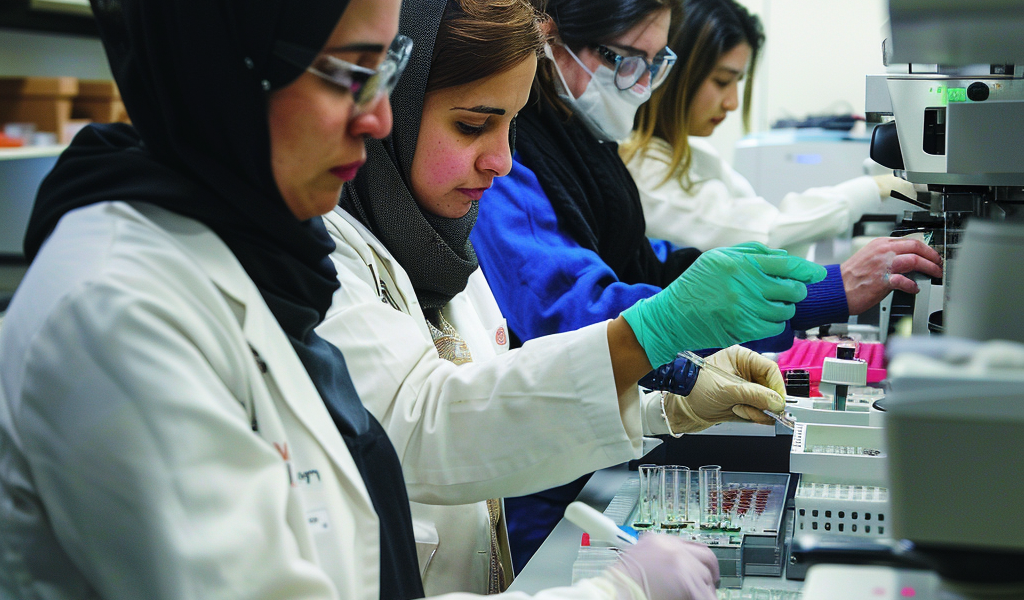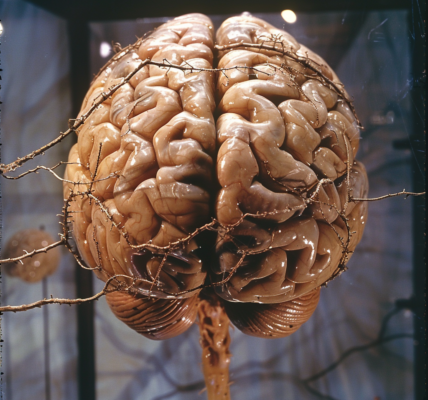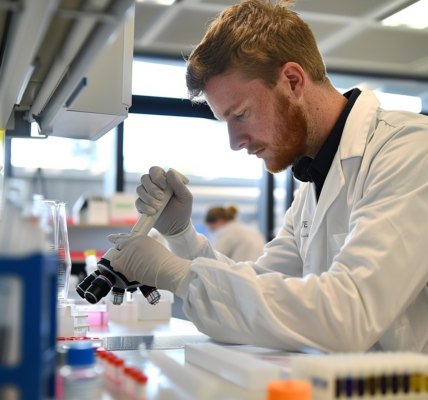The first DNA study of the ancient population of Eastern Arabia has shed new light on their lives, revealing that people in ancient Eastern Arabia developed resistance to malaria following the appearance of agriculture in the region around five thousand years ago.
A DNA analysis of the remains of four individuals from Tylos-period Bahrain (300 BCE to 600 CE) – the first ancient genomes from Eastern Arabia – revealed the presence of the malaria-protective G6PD Mediterranean mutation in three samples. This discovery suggests that many people in the region’s ancient populations may have enjoyed protection from malaria. In the present day, the G6PD mutation is detected at its peak frequency in the Emirates, according to the study.
Dr. Marc Haber from the University of Birmingham Dubai stated, ‘By obtaining the first ancient genomes from Eastern Arabia, we provide unprecedented insights into human history and disease progression in this region. This knowledge goes beyond historical understanding, providing predictive capabilities for disease susceptibility, spread, and treatment, thus promoting better health outcomes.’
Researchers also discovered that the ancestry of Tylos-period inhabitants of Bahrain comprises sources related to ancient groups from Anatolia, the Levant, and Caucasus/Iran. The four Bahrain individuals were genetically more like present-day populations from the Levant and Iraq than to Arabians.
According to lead researcher Rui Martiniano from Liverpool John Moores University, ‘Our estimates suggest that the G6PD Mediterranean mutation rose in frequency around five-to-six thousand years ago – coinciding with the onset of agriculture in the region, which would have created ideal conditions for the proliferation of malaria.’
Due to poor ancient DNA preservation in hot and humid climates, no ancient DNA from Arabia has been sequenced until now, preventing the direct examination of the genetic ancestry of its past populations.
The group that published its findings today in Cell Genomics included experts from Liverpool John Moores University, the University of Birmingham Dubai, the University of Cambridge, the Bahrain Authority for Culture and Antiquities, the Mohammed Bin Rashid University of Medicine and Health Sciences, Dubai, as well as research centers in Europe, including Université Lumière Lyon 2, Trinity College Dublin, and others.





